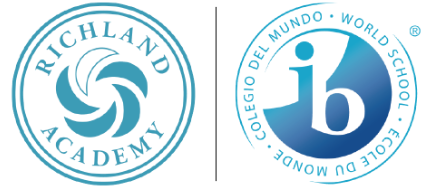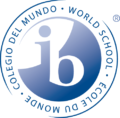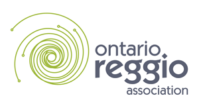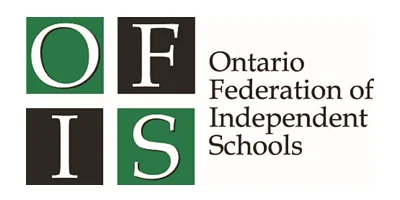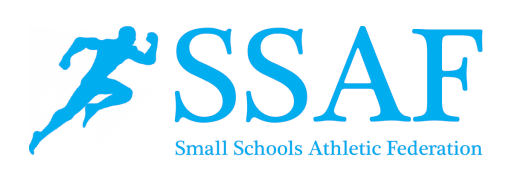Another exciting week of learning has come and gone. This week our Junior Kindergarten students finished off their summative assessment task, and they used ICT to show their understanding of the central idea, Families are important in shaping who we are. Please click on the link below to read the story and listen to JK2 students share why their family is important to them… in their own words!
In addition to this digital copy, Ms. Kraft also created a book version. We are excited to be able to be sending this home with each child to share with their family. For one night, students will be able to read and share this book with their family. You will be able to leave a comment if you wish before returning it to school.
The Primary Years Programme (PYP) presents schools with a comprehensive plan for high quality, international education.
It provides schools with a curriculum framework of essential elements — the knowledge, concepts, skills, attitudes, and action that young students need to equip them for successful lives, both now and in the future.

Schools work with the five elements to construct a rigorous and challenging primary curriculum for international education.
The PYP aims to create a curriculum that is engaging, relevant, challenging and significant for learners in the 3–12 age range. The curriculum is transdisciplinary, meaning that it focuses on issues that go across subject areas.
The PYP is organized according to:
- The written curriculum, which explains what PYP students will learn
- The taught curriculum, which sets out how educators teach the PYP
- The assessed curriculum, which details the principles and practice of effective assessment in the PYP
Source: ibo.org
In Kindergarten, we have 4 inquiries that we explore over the course of the year. Students become familiar with the essential elements of IB: Knowledge, Key Concepts, Skills, and Action. We link learning to the learner profile traits. Students share their knowledge in different ways, and we as educators capture this knowledge so that we can celebrate and share it.
This week we hooked into students prior knowledge of emotions and feelings to begin our inquiry into How we express ourselves. After reading the Colour Monster and the Feelings Book, students were invited to use loose parts to create feelings. They used the resources around them to make creative faces and link them to emotions. Working within a Reggio inspired environment and being able to take the time to slow down and work with students at their pace, has allowed students to take ownership of their learning and provides an authentic context for learning.

